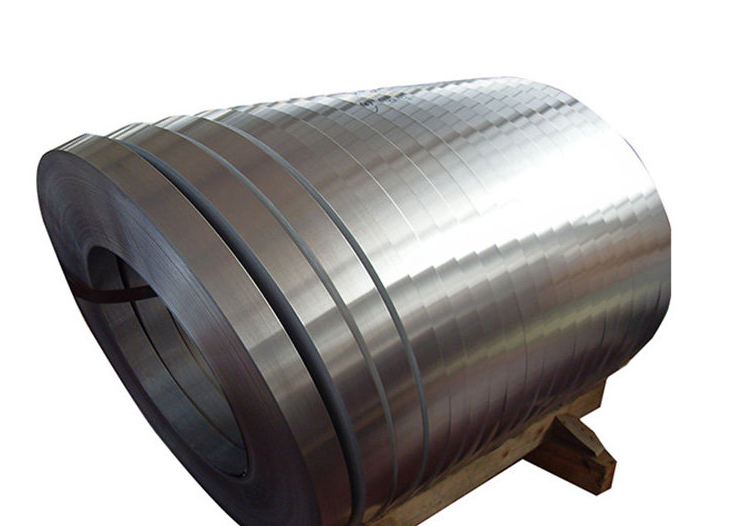What is the thickness of the aluminum foil
Aluminum foil is one of the household items that has the widest range of applications and is used the most frequently. It works wonderfully for covering leftovers, lining baking trays, and even in craft projects! But how thick is this essential item for the kitchen? Continue reading to discover the answer!
Aluminum foil is created by rolling out a thin sheet of aluminum into a large, flat sheet. This process transforms the sheet into foil. The thickness of a typical sheet of aluminum foil can vary quite a bit from one instance to the next. However, the majority of commercially available foil sheets have a thickness that ranges from 0.006 inches (0.15 mm) to 0.072 inches (1.83 mm).
The thickness of aluminum foil can be affected by a few different aspects, including the production method as well as the purpose for which the foil will be utilized. For instance, thicker sheets of aluminum foil are frequently used for wrapping food because these sheets offer a better barrier against oxygen and moisture, which can help to keep food fresh for longer periods of time. On the other hand, applications that require greater flexibility, such as wrap-around packaging or blister packs, can benefit from the use of thinner sheets of aluminum.
Aluminum foil can also be manufactured in a variety of widths and lengths, depending on the application for which it is intended to be used. Aluminum foil is typically sold in rolls that are 18 inches (457 mm) wide and 500 feet (152 m) long when it is intended for use in household applications. After that, the rolls are sliced into smaller pieces according to the specifications required by each application. On the other hand, the width of commercial foil sheets can reach up to 72 inches (1,830 mm), and their length can reach up to 5,000 feet (1,524 m)!
It is important for cooks, both at home and in professional kitchens, to have a solid understanding of the various thicknesses of aluminum foil sheets. The thickness of aluminum foil typically ranges from 0.001 to 0.1 millimeters. That's approximately the same thickness as a piece of paper or a credit card. Let's take a look at the various thicknesses of aluminum foil and discuss some of the best applications for each of them.
Aluminum Foil in Standard Form
– The majority of kitchens are likely to have a roll of aluminum foil similar to this one
– Its thickness can range anywhere from
– 005 to
– 009 inches on average
– Aluminum foil of the standard variety works wonderfully for lining baking sheets, wrapping food to be stored, and making packets for cooking in the oven
Aluminum Foil of Industrial Strength
Heavy-duty aluminum foil is more than twice as thick as regular aluminum foil, making it ideal for applications that demand greater longevity. In most cases, the thickness ranges between.011 and.016 inches. Covering casseroles with heavy-duty foil, roasting meats, and making packets for the grill are all excellent uses for heavy-duty foil.
Aluminum Foil Designed for Extremely Heavy Use
Aluminum foil that is extra-heavy-duty is even thicker than heavy-duty foil, and it is designed specifically for applications that call for the utmost strength and durability. The thickness ranges anywhere from.017 to.024 inches on average. The use of aluminum foil with an extra-heavy-duty gauge is advantageous for shielding food from temperatures below freezing and for covering dishes during extremely high-heat cooking methods such as grilling or broiling.
Where can one make use of aluminum foil?
Aluminum foil has a wide variety of applications outside of the kitchen in addition to its more common use there. Just a few of them are as follows:
Providing Electrical Cables and Pipes With Insulation
— Lining baking trays; — Making do-it-yourself crafts like lamps and jewelry; — Protecting surfaces when painting or soldering; — Wrapping gifts; — Constructing entertaining sculptures.
Additional information regarding Reynolds Wrap: Reynolds Wrap is a brand name of heavy-duty aluminum foil that has a thickness of 0.025 millimeters.
It is available in Standard Strength, which is great for everyday use, and Heavy Strength, which is ideal for tougher jobs like wrapping meats. Standard Strength is great for everyday use, and Heavy Strength is great for wrapping meats. The shape of food stored in Reynolds Wrap is maintained well, and it can be used for both cooking and storing purposes.
As can be seen, there is a significant amount of variety to be found when it comes to the thickness of aluminum foil. In most cases, the required thickness of the foil will be determined by the type of application being used. On the other hand, the thickness of most sheets of aluminum foil used in the home ranges anywhere from 0.006 inches (0.15 mm) to 0.072 inches (1.83 mm). When you next reach for the tin foil, you'll know exactly how thick it is thanks to this information!
